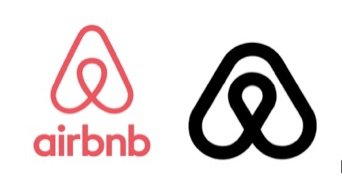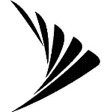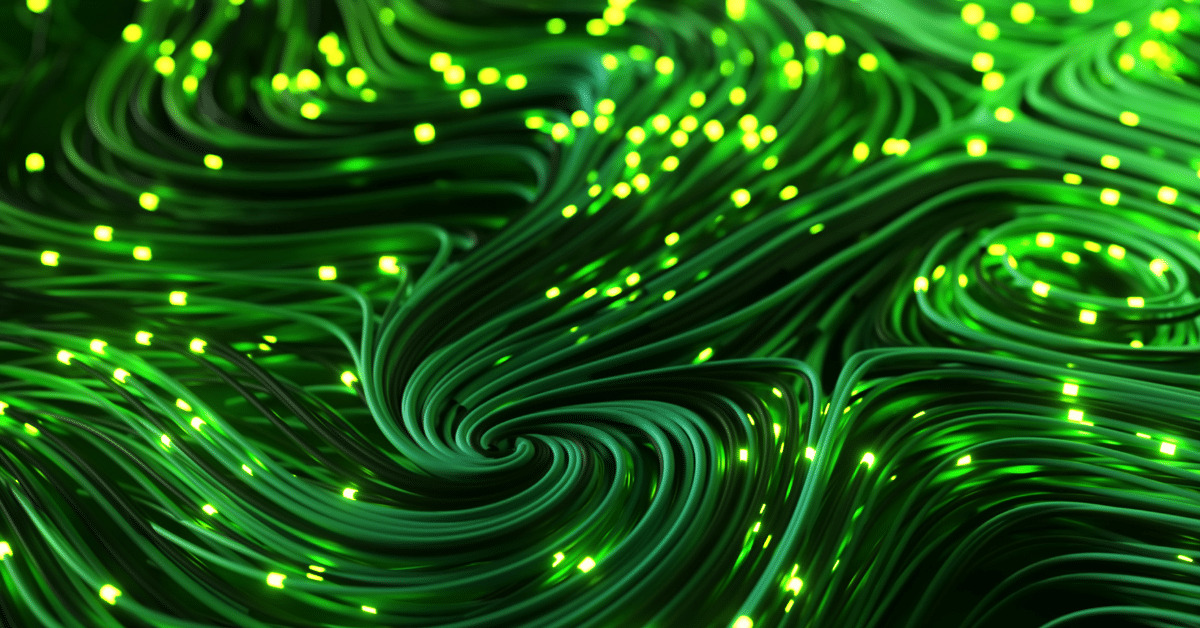Blog
Conducting Figurative Trademark Searches: A Notoriously Difficult Task
- Trademark Solutions

When Airbnb, the lodging marketplace, debuted its new logo last year, some keen observers said that it looked an awful lot like the logo for IT company, Automation Anywhere. (Note: Automation Anywhere has since “revised” its logo.) The new Airbnb logo generated a lot of press attention, including Buzzfeed’s angle of finding “18 Things That Look Like The New Airbnb Logo,” including a a couch, a sea creature, and a mini-golf course.
Around the time of the Airbnb logo introduction, Fast Company published an article describing the company’s yearlong rebranding process, which was done by a London design studio that studied “everything from the logos of the Red Cross, the Olympic Games, and even the Bat symbol.”
Now an eagle-eyed Reddit poster has found an exact replica of Airbnb’s triangle logo. Oddly enough he happened to find it in an old book about — yes, you guessed it —trademarks! It was included as a graphical representation of the letter ‘A.’ The book, “Trademarks & Symbols of the World: The Alphabet in Design” by Yasaburo Kuwayama, was published 26 years ago. That same Redditor later posted that he discovered that the original logo was designed by Akisato Ueda for a Japanese drive-in called Azuma back in 1975. Check out the two logos below:

Conducting a trademark search for “devices” (also known as logos, figurative elements, designs, images) is a notoriously difficult task. The Vienna Codification System is used to classify the figurative elements of marks (“indexing figurative marks”). The marks’ figurative elements are divided into categories (first level), divisions (second level), and sections (third level) — totaling well over 1,500 possible codes. Here’s an example: the representation of “a little girl eating” belongs to Category 2 (Human beings), Division 5 (Children), Section 3 (Girls). If auxiliary sections are used, the figurative element can be identified additionally with the Auxiliary Section 18 (Children drinking or eating, code A 2.5.18).
When searching a device mark, the research analyst uses the Vienna classification system to describe the mark that has to be searched. In the next phase, the search system compares the Vienna codes of the search strategy with the (official) Vienna codes of the filed/registered marks. The result is a large set of figurative marks that a search analyst has to review one-by-one in order to select the ones that are similar.
Indexing and searching figurative marks might seem to be easy, but it definitely is not.
What do you see when you look at the Airbnb logo? Is it a stylized letter A, a triangle, or an arrow head? According to the USPTO it is a “miscellaneous design with overall triangular shape,” while the Office for Harmonization in the Internal Market (OHIM) sees a “geometrical figure, indefinable design,” which can describe hundreds of logos, like these:




In the end, device searching is all about accuracy and visual insight: it starts with applying the correct Vienna codes to the newly filed trademarks, setting up a search strategy that allows retrieving all similar device marks, and finally making sure that all similar marks are indeed selected and reported to the client.
Here at Corsearch, we have a team that specializes in figurative searching—let us know how we can help you before you embark on your next figurative search.




